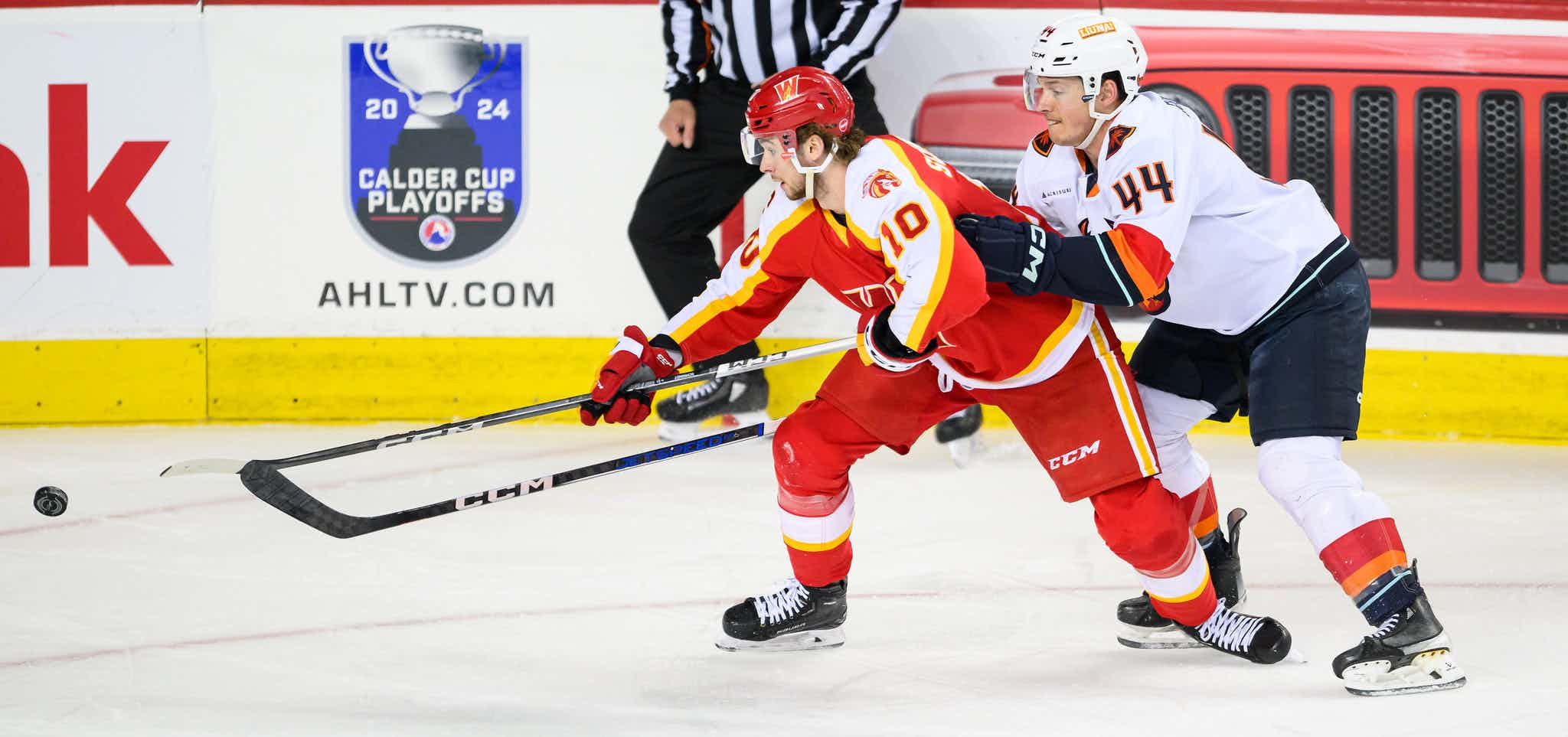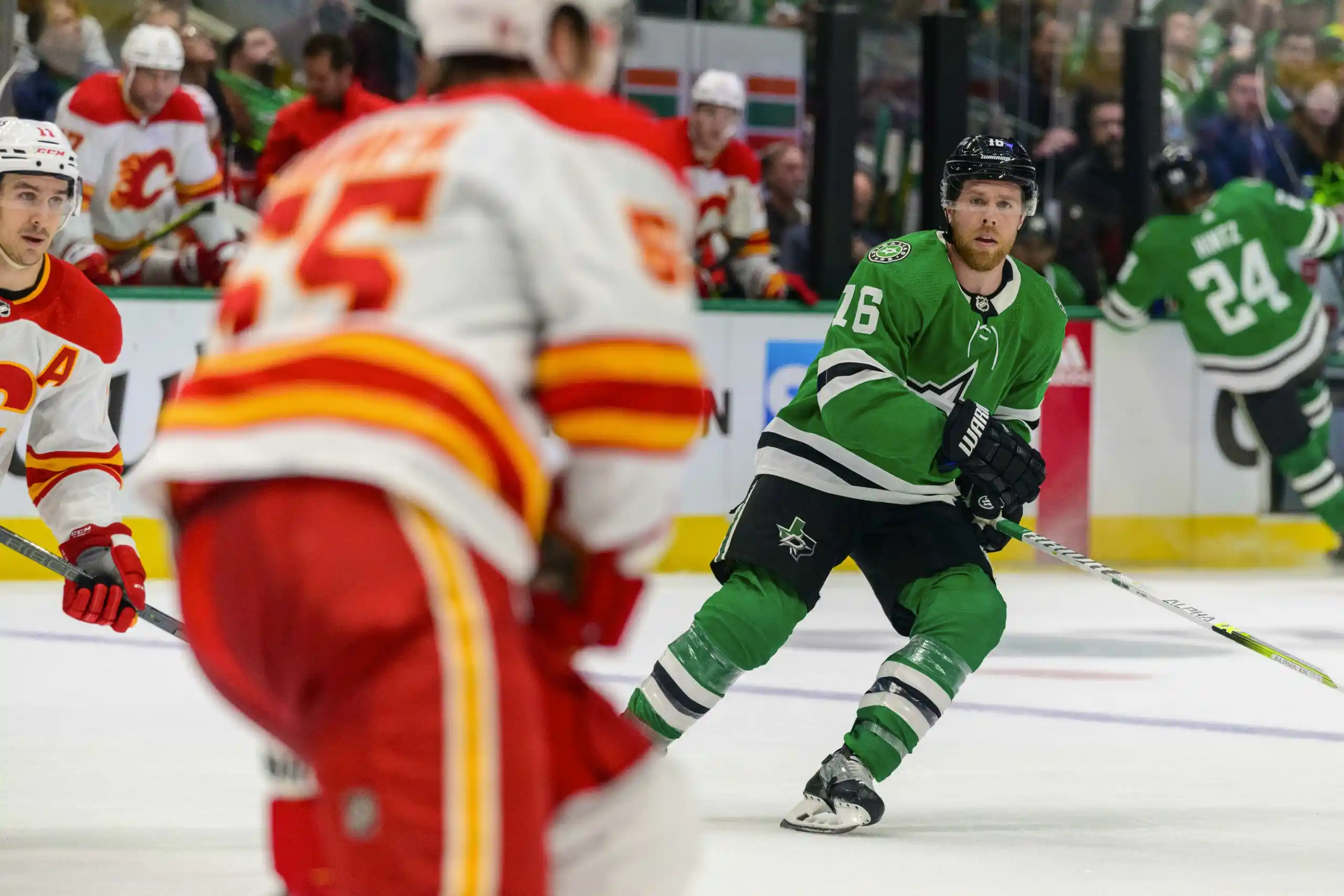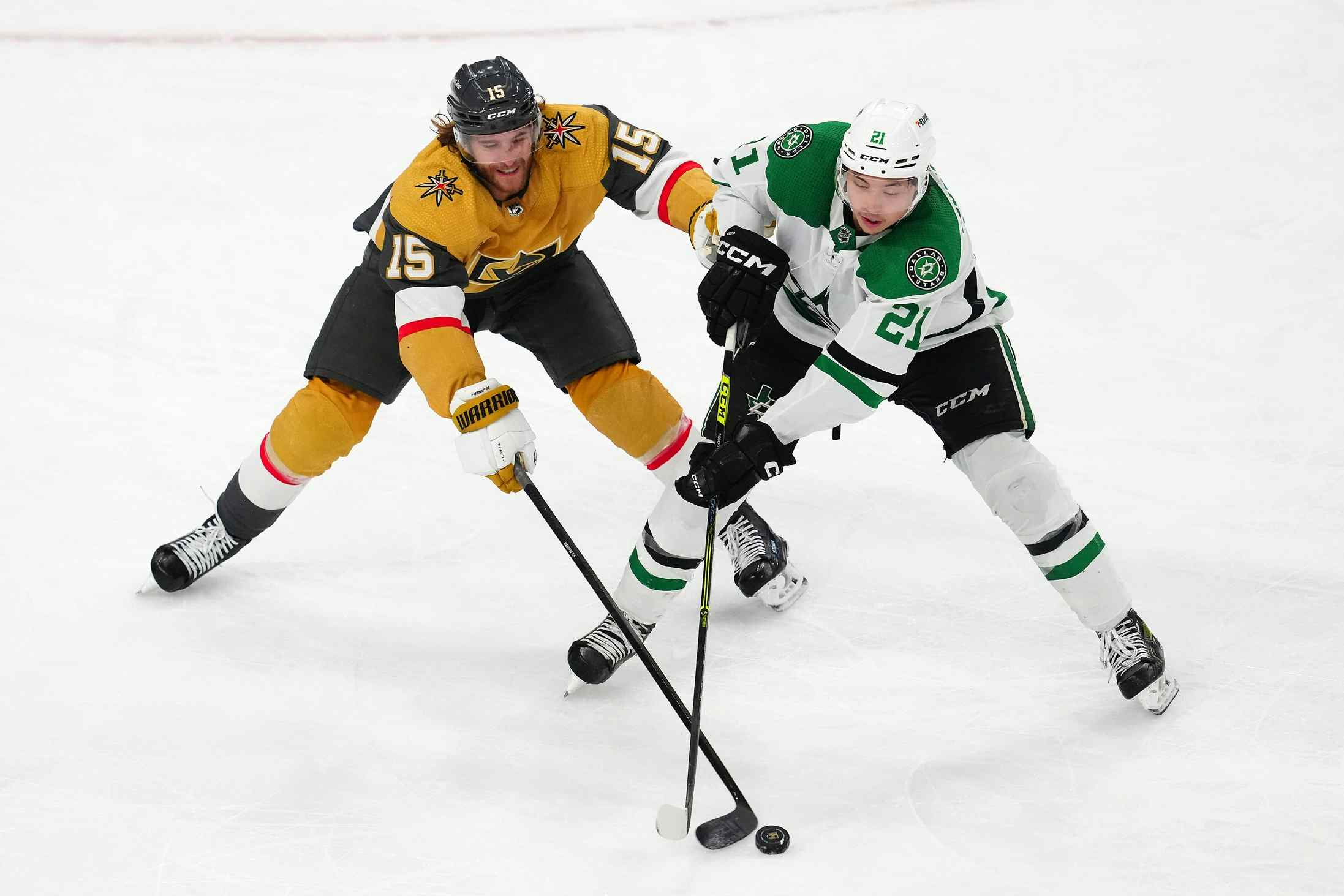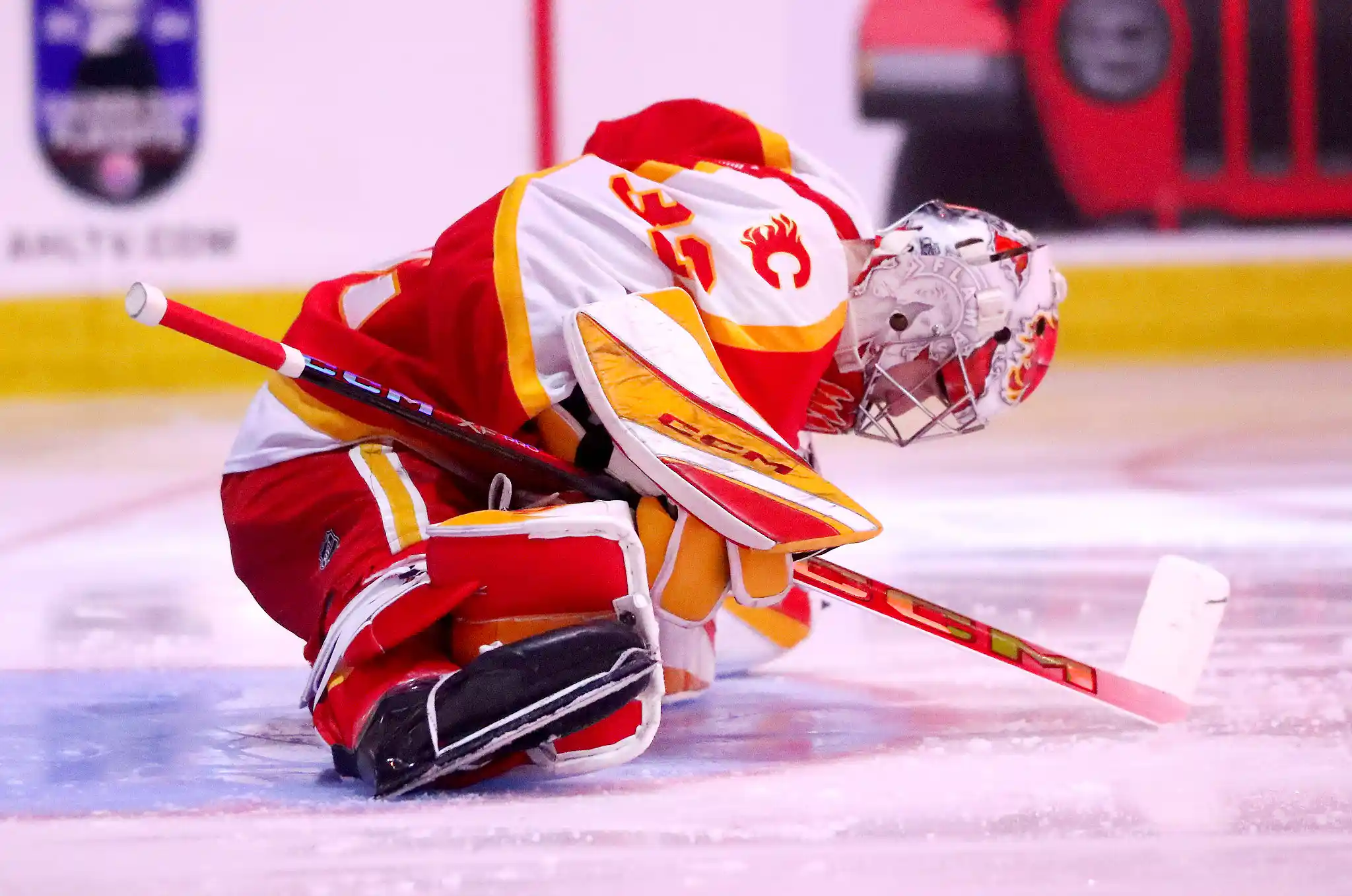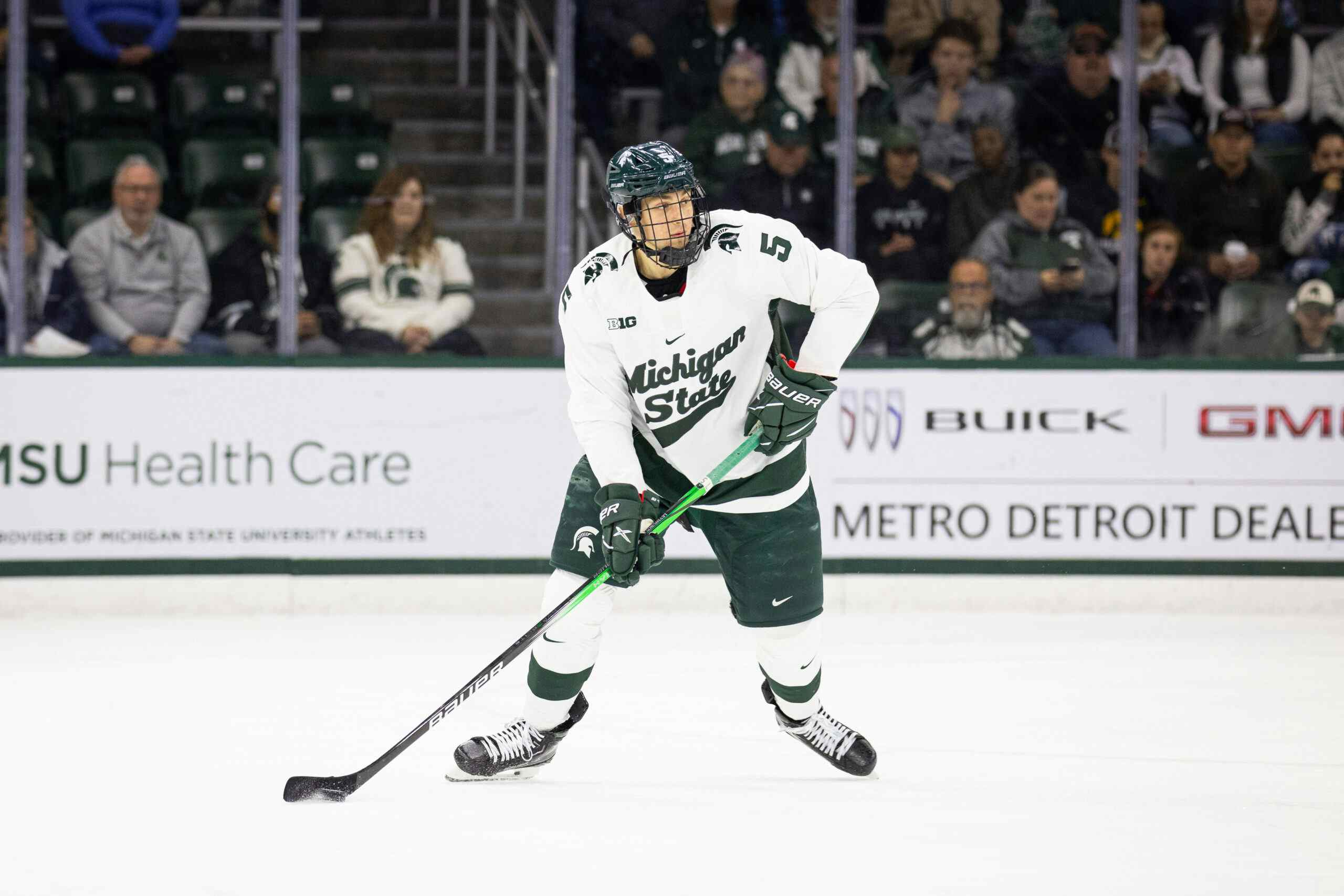Can these three Flames do it again?
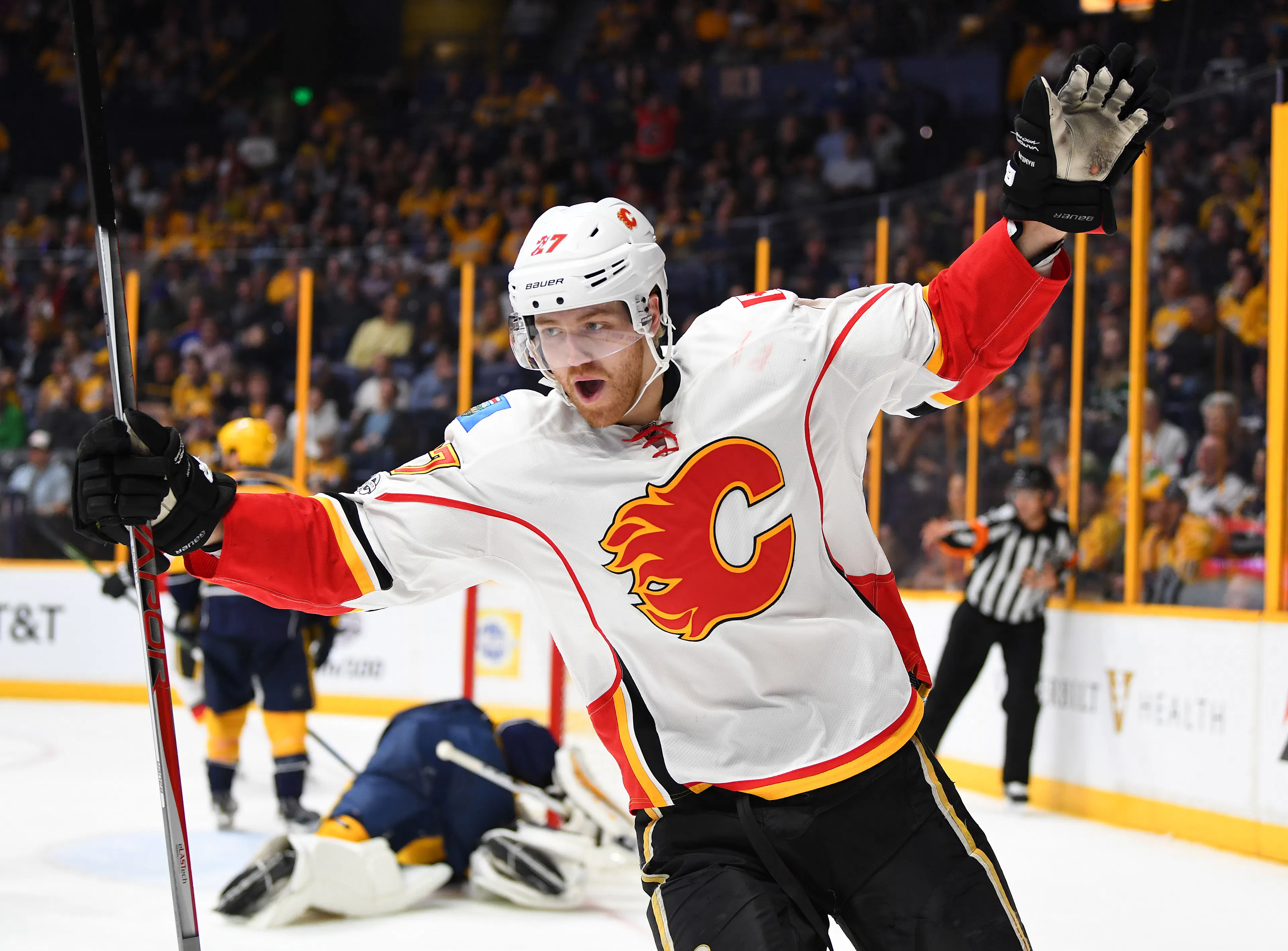
Dougie Hamilton, Mikael Backlund, and Micheal Ferland all had breakout performances during the 2016-17 season and were instrumental in getting the Calgary Flames back to the playoffs.
But are repeat performances in the cards for this trio? If the answer is yes, the Flames should be in pretty good shape to return to the postseason.
Dougie Hamilton
Hamilton took a lot of undue flak during his first year in Calgary, because he actually played a whole lot better than many people gave him credit for. In saying that, though, his second season with the Flames was a big step forward and saw him post career totals for a fourth straight season (81 GP, 13 G, 37 A, 50 PTS). Most importantly, I think most of what we saw from him last season is sustainable.
Alongside Mark Giordano, Hamilton made up half of one of the NHL’s best defensive pairings last year. The duo took on some of the league’s most difficult opposition on a nightly basis, had positive possession rates, and put up solid point totals to boot. I see no reason why Hamilton and Giordano would be split up this season, which sets both up to have similar success.
Despite Hamilton taking a nice step forward in his offensive production last season, it’s not like it came totally out of the blue. If you take a look at Hamilton’s five-on-five outputs over the last four seasons, you’ll see he’s been fairly consistent (all rates courtesy Natural Stat Trick).

The 2016-17 season was Hamilton’s most successful year almost across the board, there’s no denying that. But, as as a 23-year-old, Hamilton’s most recent season looks more like natural progression as opposed to everything going right. His first three yeas had been building to a breakout campaign, and there are good reasons last year was the year we saw him truly come out of his shell.
Basically, I chalk it up to a more seasoned and experienced Hamilton being put in a situation that fits his game. So, while Boston’s game definitely suited him during his first two full NHL seasons, he was also still a young, developing defencemen. In year three, Bob Hartley’s brand of hockey was kryptonite to strong possession players, so, in his fourth year, Hamilton was ready to succeed in a big way once paired with a coach who fit his game.
It’s not like Hamilton benefited from a sky-high shooting percentage or any other statistical outliers, either. Instead, he just played solid hockey and the points followed in suit. Hamilton was used far more often on the powerplay (14 of his 50 points came on the man advantage), was paired with a strong defence partner, and continued to play strong at both ends of the ice. The result was a career year statistically and a newfound appreciation for many.
Likelihood of repeating: High. Nothing Hamilton accomplished last year came on the back of favourable percentages or uncanny luck. Instead, a really good defenceman had a really good season. Assuming he stays with Giordano for the majority of the season, it would be slightly surprising if we saw significant regression this season.
Mikael Backlund
The Flames wouldn’t have made the playoffs if it weren’t for the career season Backlund enjoyed. As the driving force of one of the NHL’s best shutdown lines, Backlund had his best offensive season in 2016-17 (81 GP, 22 G, 31 A, 53 PTS) and finished fourth in Selke Trophy voting. Again, it’s not like this was a total shock result.
Backlund’s career has been trending in a really positive direction for the better part of five years now and last year was just another step forward. Much like Hamilton, Backlund’s five-on-five outputs last year seemed to flow nicely when looking at his work since the lockout.

From a production standpoint, Backlund didn’t really see a big bump in even strength production last year compared to the season before. Instead, a bump in powerplay time (2:02 per game, up from 1:35 the year before) contributed largely to his career point totals; 16 of his 53 points came on the man advantage.
Backlund’s shooting percentage actually dropped from the year prior, which just underlines the high level he generated shots at last season. Against some of the league’s toughest opposition, Backlund outperformed his zone starts at an elite level and generated shots unlike he ever has before. As such, his point totals went up even as the percentages regressed slightly to the mean.
Being flanked by Michael Frolik for almost two full seasons has lent Backlund a sizeable helping hand, because they complement one another so well. The addition of Matthew Tkachuk early last season put the finishing touch on one of the NHL’s best two-way lines and there’s no reason to split them apart, at least not for the time being.
Likelihood of repeating: Decent. So much of Backlund’s success last year falls under the “sustainable” column. The only question I have, though, is when it comes to the raw counting numbers. If Backlund’s shooting percentage comes down a little bit more, we might be talking about the point totals coming down slightly, too. However, I expect him and the 3M Line to generate shots at an elite level while still tackling some of the NHL’s most difficult minutes.
Micheal Ferland
Ferland’s case might be the most difficult to handicap heading into this season. Here’s what we know: Ferland is coming off his best NHL season to date, specifically after being put on a line with Sean Monahan and Johnny Gaudreau in late February. He put up career point totals (76 GP, 15 G, 10 A, 25 PTS), and was solid when not contributing on the scoresheet. Trying to predict what comes next is a little more grey, though, for a few different reasons.
While Ferland produced at a really nice rate while with Monahan and Gaudreau, it was also a fairly small sample size. Because he only spent 21 games on Calgary’s top scoring line, his outputs have to be taken with a slight grain of salt. That’s not a slight at all; instead, it’s a comment on how dangerous making definitive judgements can be when based on a small period of time.

Personally, I think Ferland has all the tools to continue being successful as a top six winger this season. While his point totals weren’t gaudy in the 55 games prior to being put on the top line, he was still a a solid two-way player and decently productive relative to his bottom six role. Ferland skates well, plays a smart and simple game, and has a high level shot. But, until the sample size gets bigger, the jury remains out on how prolific he’ll be.
There’s a red flag to Ferland’s production, too: his shooting percentage, which jumped almost 11% at even strength and overall. Year over year, Ferland went from 3.3% to 14.2% overall and 2.7% to 13.0% at even strength. Basically, he went from shooting at an unsustainably low clip to an unsustainably high one. And, predictably, things really jumped for Ferland one he was bumped to the right side with Monahan and Gaudreau.

With disparity like this from one year to the next, the truth almost certainly lies somewhere in the middle. While this stuff is never a perfect science, there’s a rather high chance Ferland’s shooting percentage comes down far closer to the league average this season.
Likelihood of repeating: Moderate. Had Ferland scored like he did for 21 games on Calgary’s top line over a full season, he would have been on pace for anywhere between 27 to 30 goals last season. But because that pesky shooting percentage is bound to come down, I’m not banking on totals like that this season. In that sense, I’d suggest Ferland is unlikely to repeat the type of productivity he enjoyed with Monahan and Gaudreau again this season.
However, that doesn’t mean he won’t still have a successful season, because I think he will. Right now, I think Ferland is the best fit to play the right side on the top line, and that should allow him to generate shots at a solid level. Furthermore, spending more time with Monahan and Gaudreau should also boost Ferland’s assist total to help balance things out.
With all of that said, I can see Ferland repeating his 15-goal performance from last year and maybe adding to it a little. If the assists come up, 35-40 points really isn’t out of the question this year. So, while I don’t see a 30-goal season in Ferland’s immediate future, I do think he’s poised to eclipse his point totals from 2016-17.
Recent articles from Pat Steinberg

